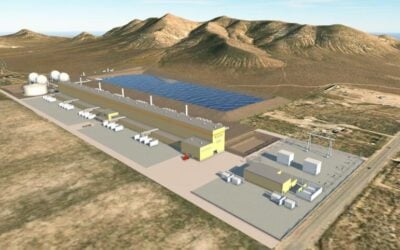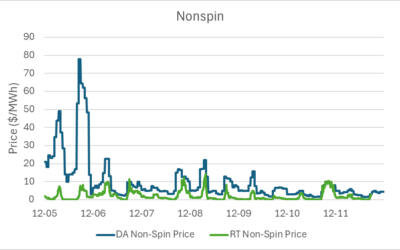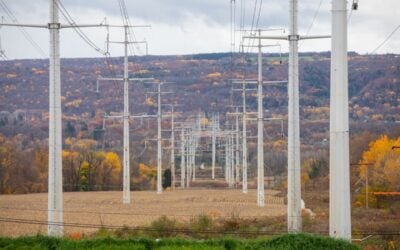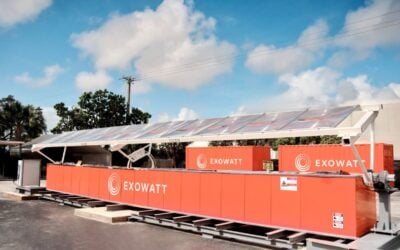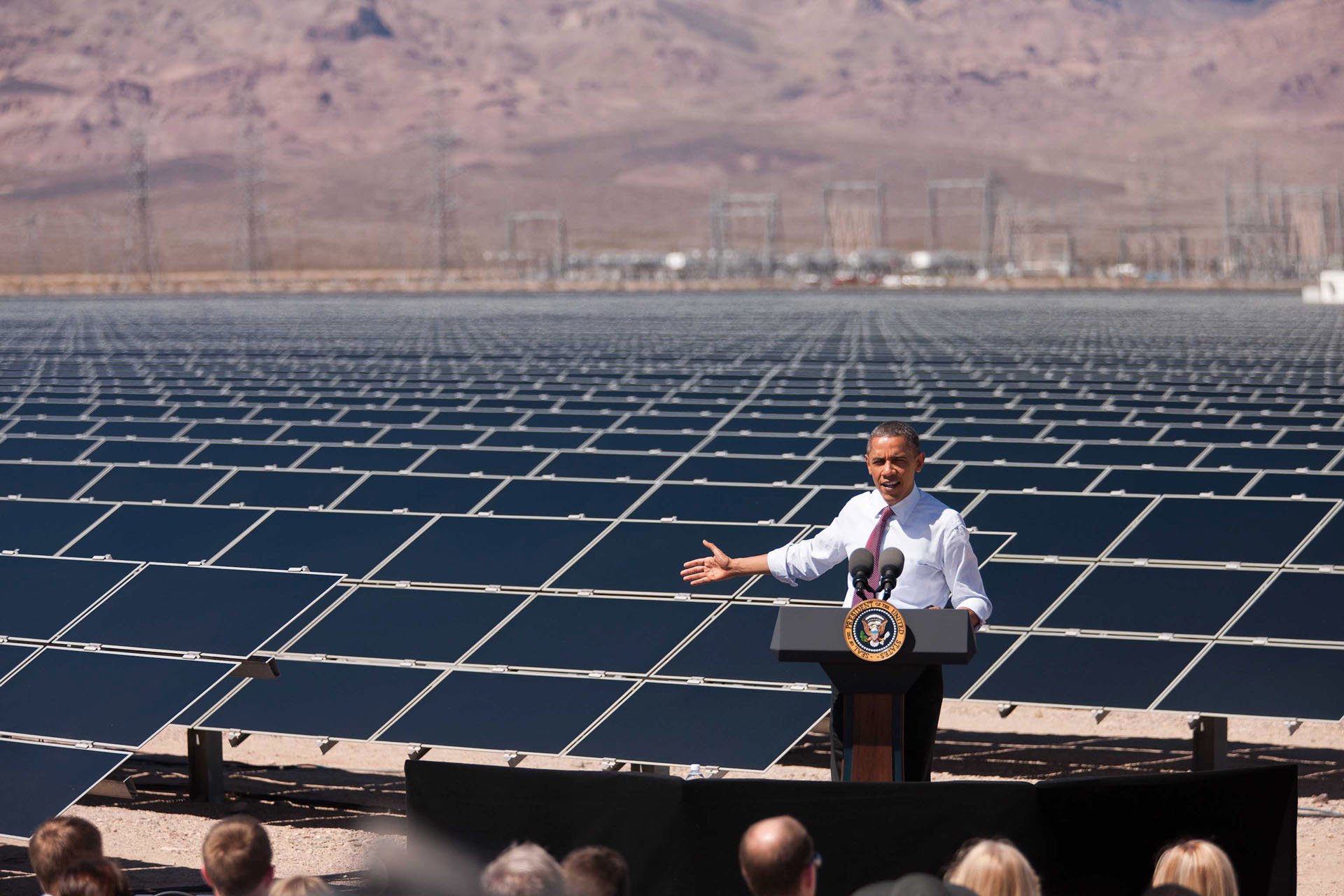
Just over one in 10 US states now has a deployment target in place for energy storage, with Nevada now aiming for 1,000MW by 2030.
With Virginia now also teetering on the edge of adopting an ambitious target, US national Energy Storage Association (ESA) Kelly Speakes-Backman said Nevada, in becoming the sixth state to adopt a target, had “distinguished itself as an energy storage leader”.
A docket from the Public Utilities Commission of Nevada (PUC) adopted as a permanent regulation the biennial targets, which begin as 100MW by the end of this year, increasing up to the 1GW figure in 10 years.
It has been adopted after lengthy deliberation over more than two years since the Investigation and Rulemaking Docket was first opened by the Commission in August 2017, including a study on the benefits of energy storage for Nevada by consultancy The Brattle Group and comments from numerous stakeholders from utility NV Energy to manufacturers and providers including Tesla.
Try Premium for just $1
- Full premium access for the first month at only $1
- Converts to an annual rate after 30 days unless cancelled
- Cancel anytime during the trial period
Premium Benefits
- Expert industry analysis and interviews
- Digital access to PV Tech Power journal
- Exclusive event discounts
Or get the full Premium subscription right away
Or continue reading this article for free
Described as “goals and not mandates,” the adopted regulation nonetheless gives targets to electric utilities with gross annual operating revenue of US$250 million or more in the state and requires them to include energy storage in their integrated resource plans (IRPs).
IRPs are a cornerstone of the utility planning process and have been cited by analysts as a likely continuing driver of energy storage adoption in the US this year and in the future, including in this recent blog for Energy-Storage.news by Ricardo Rodriguez at Navigant Research.
The process and attainment of targets remain flexible, with the PUC given authority to “waive or defer compliance…under certain circumstances,” while the Commission can also modify targets.
“Together, Nevada, Massachusetts, California, New York, New Jersey and Oregon have laid out a cumulative target of at least 7,575 MW across the nation by 2030,” ESA CEO Kelly Speakes-Backman said.
“By setting a target of 1,000 MW by 2030 for Nevada, along with interim targets over the coming decade, Nevada officials are sending long-term signals for industry investment and a credible pathway for achievement. ESA applauds Nevada for its leadership and looks forward to supporting the efforts of officials and stakeholders to make the state’s electric system more resilient, efficient, sustainable and affordable”.
In December Energy-Storage.news and sister title PV Tech reported as NV Energy had a plan approved by the PUC for more than a gigawatt of solar PV and half-a-gigawatt of energy storage.

